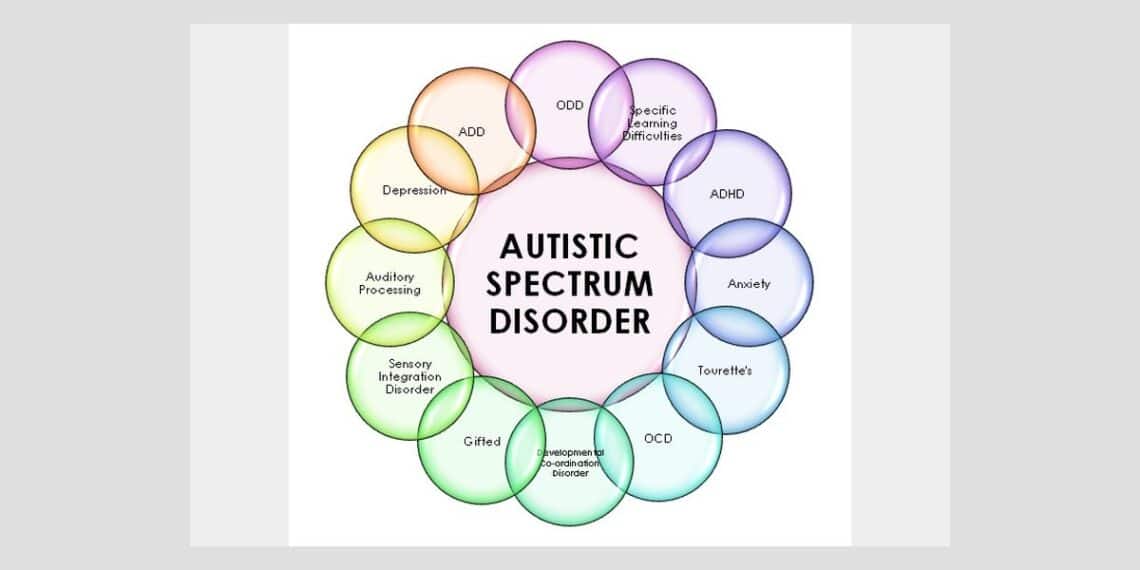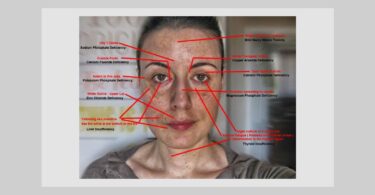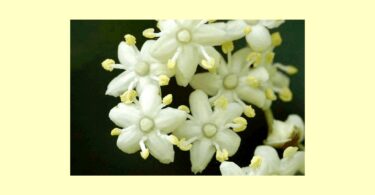‘The history of man for nine months preceding his birth would, probably, be far more interesting, and contain events of greater moment, than all the threescore and ten years that follow it. – Samuel Taylor Coleridge
The baby’s earliest environment — the womb — is critical. During intra-uterine life, a baby experiences all states of a mother on a hormonal, emotional and nutritional level. It is now no secret that a baby leads an active life in the belly: he moves, sucks fingers, turns head to a source of interesting sounds (music has shown to effect cognitive, emotional and psychomotor development of the fetus), plays with umbilical cord and most importantly feels the emotions of the mother.
Ancient Indian medicine also recognized the need for the mental, spiritual and physical preparation of the mother-to-be for the momentous event of childbirth. Ayurveda describes this theory as “Supraja janan” or eu-maternity. This “Supraja janan”, as conceptualised in Ayurveda, involves the preparation of the couple planning pregnancy, three months prior to conception.
The beginning is by pinda shuddhi or the purification of the gametes (sperm and ovum). It holds the view that if the couple is not in a state of mental stability and calmness, even if they are physically fit, they cannot give birth to a healthy child. 1
Going further, recent research suggests that antenatal stress and anxiety in as early as 18 weeks pregnancy has a programming effect on the foetus, which lasts at least until middle childhood, and may show in behavioural problems such as dyslexia, autism, hyperactivity and attention deficit.2
Studies of Finnish mothers who were pregnant when they found out that their husbands had been killed during the Winter War of 1939–1940 reveal that their children were significantly more likely to develop schizophrenia when compared with mothers who found out about their husbands’ death after pregnancy, suggesting that maternal stress has a major effect on fetal development. 3
This concept has been analysed scientifically the through longest continuous appraisal in America of human growth conducted at the fels research institute for the study of human development in Ohio. The growth studies before birth conducted at this Institute have proved that numerous factors such as mental stress, physical trauma, medications and radiation in the prenatal environment play a major role in future psycho-somatic development of a child.
Not only in humans but in animals too has research shown that prenatal mental stress can have a major health impact. The research has shown that experimentally induced antenatal stress increases disturbances in a range of behaviours in offspring, including decreased gender-typical behaviour and increased response to stress in rats 4,5 and neuro-motor delays, increased stress responses and shorter attention spans in non-human primates. 6
Because the fetal brain produces about 250,000 neurons every minute during pregnancy, experiences that interfere with that process can affect the developing brain in lasting ways. 7 One such medical problem that has strong correlation with the health and mental status of the mother during pregnancy is Autism Spectrum Disorder (ASD). Studies have linked ASD to a number of factors in pregnancy, among them the mother’s diet, the medicines that she takes and her mental and metabolic state.
Autism spectrum disorder (ASD), or autism, is a broad term used to describe a group of neurodevelopmental conditions characterized by difficulties in communication and social interaction. Children with ASD often demonstrate restricted and repetitive interests or patterns of behavior.
The problems in social interaction and communication with limited and repetitive patterns of behavior, results in a child’s habit of being in his own world. This is often found in intra-uterine history of the child whereby the mother herself had to narrow her life to her own world because of fear and anger towards the outside world.
A case of ASD was explored from this perspective whereby the mother revealed that she simply stopped interacting with the outside world due to ill-treatment by her husband and inlaws but also lack of support by her parents. She restricted herself in her own world, a message which the child also perceived as the best way to defend itself, resulting in ASD. The child responded wonderfully with improvement in his communication skills after homoeopathic treatment.
Samuel Hahnemann realized the importance of suitable homoeopathic treatment of each and every child during the initial stage of his development – i.e. intra-uterine life. He emphasizes this in ‘The Chronic Diseases: Their Peculiar nature and Their Homoeopathic Cure’:
‘Pregnancy in all its stages offers so little obstruction to the antipsoric treatment, that this treatment is often most necessary and useful in that condition. Most necessary because the chronic ailments then are more developed. In this state of woman, which is quite a natural one, the symptoms of the internal psora are often manifested most plainly on account of the increased sensitiveness of the female body and spirit while in this state; the antipsoric medicine therefore acts more definitely and perceptibly during pregnancy, which gives the hint to the physician to make the doses in these as small and in as highly potentized attenuations as possible, and to make his selections in the most homoeopathic manner.8
Similarly, another event in child’s development that can play a significant role in ASD is Birth trauma. Though medical interventions in delivery are thought to be helpful, many believe that they often compound the traumas of birth. Historians Richard and Dorothy Wertz have in their work ‘Lying-in: A history of childbirth in America’ characterized the 21st –century obstetrician:
‘Doctors were on the lookout for trouble in birth……. They found a lot of trouble –so much, in fact, that they came to think that every birth was a potential disaster and that it was best to prepare each woman for the worst eventualities. In line with that perception, doctors increased their control over the patients during labor and delivery, rendering them more powerless to experience or participate in natural birth. Women acceded to the doctors’ increasing control because they also believed that their methods would make birth safer.’ 9
A 2014 French study conducted on mice and published in the journal Science suggests that the use of spinal anesthesia during labor results in higher concentrations of chloride or salt in the brains of newborn mice. The authors hypothesize that this may increase the risk of autism in humans.
In fact, it has been observed during homoeopathic case taking that mothers of ASD children often have a history of mechanical interventions such as amniocentesis and forceps delivery, which induces ‘fear of injury’ in the mind of the fetus.
Dr. Ryke Geerd Hamer, a German physician and the proponent of German New Medicine (GNM) understood the importance of biological conflicts that occurred in utero, at birth, or in the first years of an infant’s life in the evolution of ASD. According to him, the early maturity stop explains the developmental delay of autistic children as well as their immature behavior (crying or outbursts in overwhelming and frustrating situations).
Further, newborns and infants suffer fright conflicts and territorial anger conflicts also during distressing vaccination procedures, whereby their bodily territory is transgressed, along with inducing fright conflict. He postulated this mechanism as the underlying factor for probable association of MMR vaccine with Autism spectrum disorder.
Another interesting aspect of autism is that autistic children have a love of patterns, also known as strong systemising, much like mathematicians. They have great ability to recognise trees but would not be able to holistically perceive a forest.
A study found out that fathers who worked in engineering and such analytical fields were two times as likely to have a child with an autism spectrum disorder (ASD). This highlights the fact that breakdown in holistic living during pregnancy can also predispose to ASD. Thus, it is important for expectant mothers to realise that living in harmony with family (microcosm) and surroundings (macrocosm) is of utmost importance to prevent development of ASD – like illnesses.
In a nutshell, the importance of intra-uterine life and birth history can be explicitly sensed in the words of Dr. Martin Richards:
‘We measure a life span – our age – from the moment of birth which we see conventionally as our beginning. But of course, most babies are already about 40 weeks old when they are born and have undergone considerable physical development in the uterus. Socially and psychologically too, a baby’s life begins long before delivery and they are more in touch with the outside world before birth than has been thought’.10
References
- Warrier, A.G.K. (2005) Garbha Upanishad: An updated translation. Chennai: The Theosophical Publishing House.
- O’Connor, Thomas G., Heron, J., Golding, J., Glover, V., and the ALSPAC Study Team. (2003) Maternal antenatal anxiety and behavioural/emotional problems in children: a test of a programming hypothesis.Journal of Child Psychology and Psychiatry44:7 pp 1025-1036.
- Huttunen MO, Niskanen P (April 1978). “Prenatal loss of father and psychiatric disorders”.Arch. Gen. Psychiatry35 (4): 429–31. Henry, C., Kabbaj, M., Simon, H., et al (1994).
- Prenatal stress increases the hypothalamic-pituitary-adrenal axis response in young and adult rats. Journal of Neuroendocrinology, 6: 341-345
- Weinstock, M. (1997). Does prenatal stress impair coping and regulation of hypothalamic-pituitary-adrenal axis? Neuroscience and Biobehavioral Review, 21: 1-10.
- Schneider, M. & Coe, C. L. (1993) Repeated social stress during pregnancy impairs neuromotor development of the infant primate. Jounal of Development and Behavioral Paediatrics, 14: 81-87
- Glover, V. (1997) Maternal stress or anxiety in pregnancy and emotional development of the child. British Journal of Psychiatry, 171:105-106
- Hahnemann, Samuel. The Chronic Diseases – Their Peculiar Nature and Their Homoeopathic Cure, Translated from 2nd enlarged German edition by Prof. Louis H. Tafel, Reprint edition (1997). New Delhi: B. Jain Publishers (Pvt.) Ltd.
- Richard W.Wertz and Dorothy C.Wertz , Lying-in :A history of childbirth in America (New York:Schocken,1979), 137
- Richards, Martin. ‘Infancy– World of the Newborn’; John Hopkins University Press.






